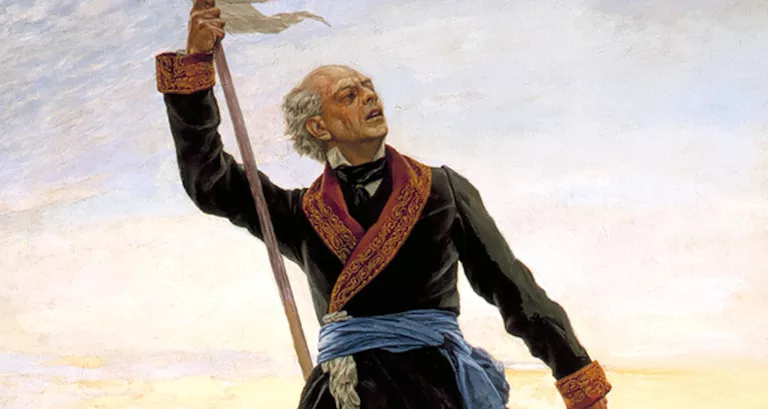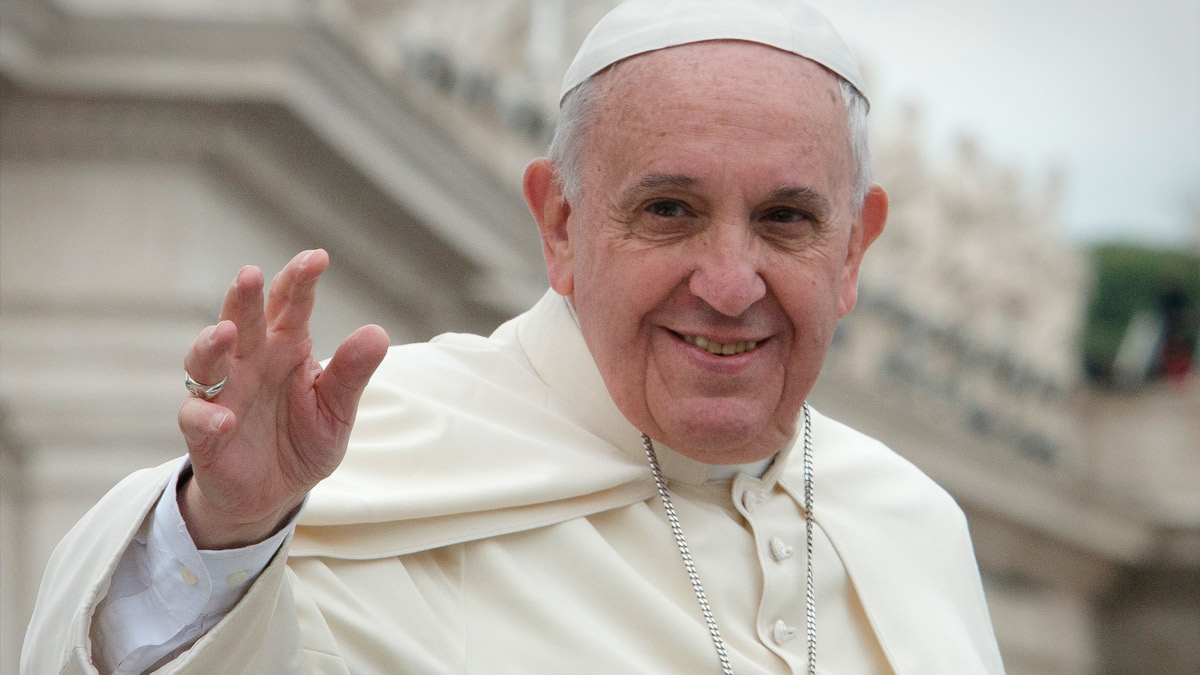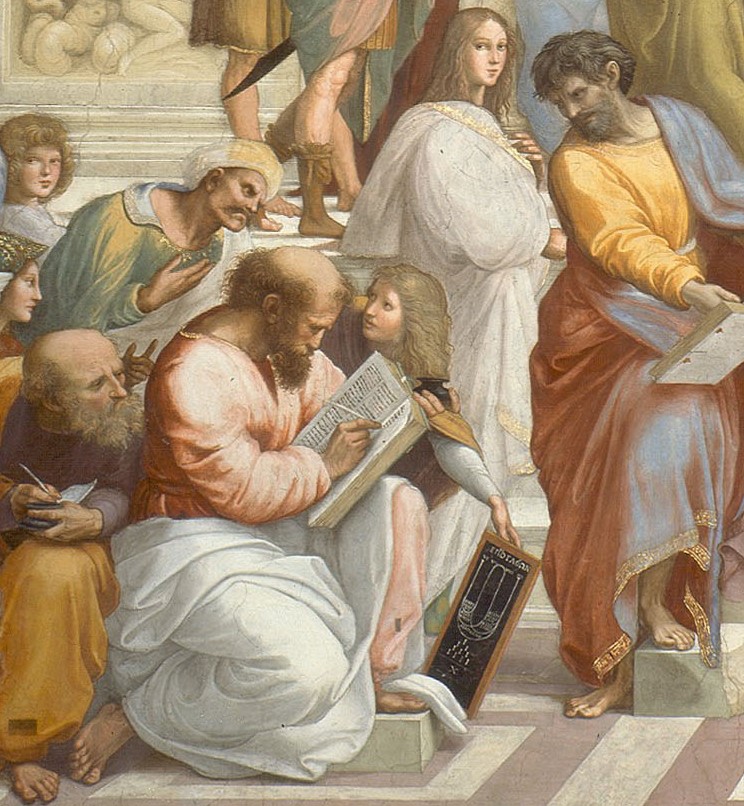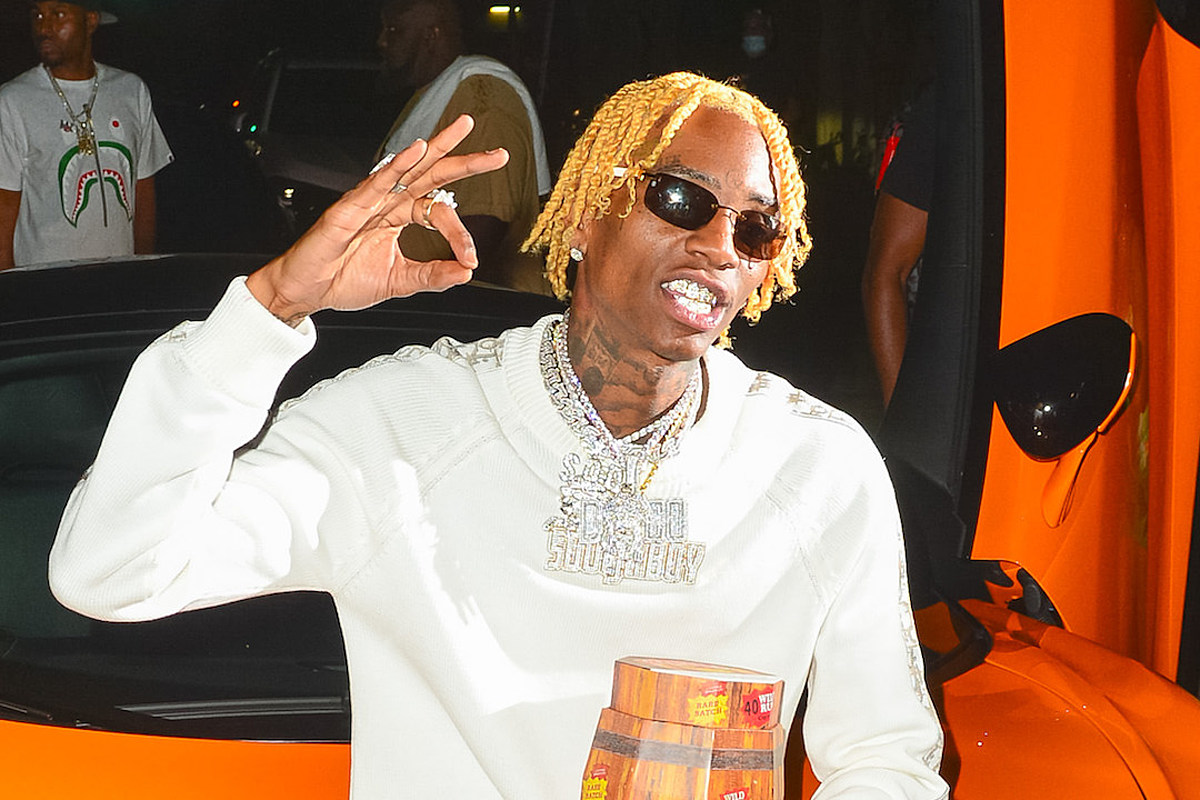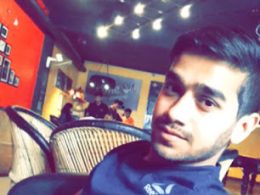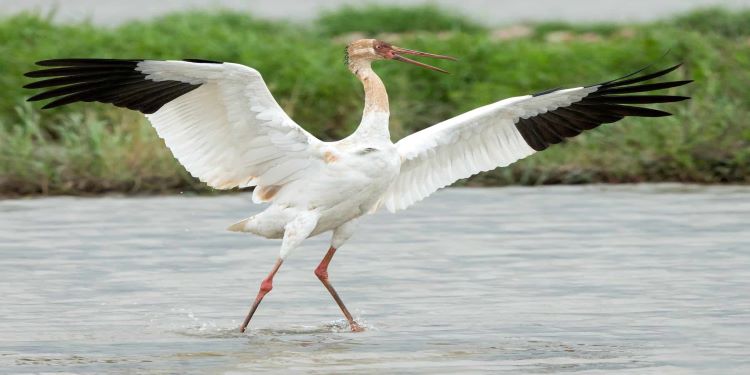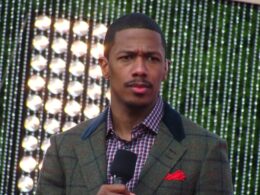Miguel Hidalgo y Costilla: (1753/05/08 – 1811/07/30) – : Miguel Hidalgo y Costilla
Mexican priest and insurgent
– Pardon is for criminals, not for defenders of the country –
- One of the initiators of the Mexican Independence movement.
- Known as : The Father of the Nation
- Participated in : The Independence of Mexico
- Parents : Cristobal Hidalgo and Ana Maria de Gallaga
- Name : Miguel Gregorio Antonio Ignacio Hidalgo-Costilla y Gallaga Mandarte Villaseñor
Summary
Catholic priest and leader of the Mexican War of Independence. He assembled an army of more than 40,000 soldiers and under the banner of Our Lady of Guadalupe, they took the cities of Guanajuato and Guadalajara. Considered the Father of the Nation, he initiated the first stage of the Mexican War of Independence with an act known as the Grito de Dolores.
Questions and answers
- When was Miguel Hidalgo ordained a priest?
-In 1778 he was ordained a priest and in 1803 he took charge of the parish of Dolores, in Guanajuato.
- What military rank did Miguel Hidalgo y Costilla have?
-In 1810 the first ranks of the insurgent army were granted, among which is that of Hidalgo as Captain General and that of Lieutenant General of Allende. On October 20 he was appointed Generalissimo of the Americas
- When was Miguel Hidalgo y Costilla excommunicated?
-Canon Manuel Abad y Queipo, an old friend of Hidalgo, published an edict excommunicating him on September 24, 1810.
How did Miguel Hidalgo die?
-On July 27, 1811, stripped of his priestly investiture, he is handed over to the military authority for his execution. On July 30 he was shot in Chihuahua and his head was sent to Guanajuato to be exhibited along with that of Ignacio Allende, Juan Aldama and Mariano Jiménez as a punishment.
“Long live independence! Long live America! Death to bad government!”
Miguel Hidalgo y Costilla
Miguel Hidalgo was born on May 8, 1753 in the hacienda of San Diego de Corralejo , Pénjamo, Guanajuato.
Family
He was the second son of Cristóbal Hidalgo y Costilla and Ana María de Gallaga, both descendants of a Galician family. His three brothers were José María, Manuel Mariano and José Joaquín.
Studies
He studied at the Colegio de San Nicolás where he became rector, in the city of Valladolid (now Morelia).
In addition to Spanish, he spoke French, Italian and Latin, he was also fluent in Purépecha, Otomí and Nahuatl.
Priest
In 1778 he was ordained a priest and in 1803 he took charge of the parish of Dolores , in Guanajuato.
He was concerned with improving the conditions of his parishioners, almost all of them indigenous, teaching them to cultivate vineyards, raise bees, and run small earthenware and brick industries.
Sons
He procreated five children: Agustina, Mariano Lino, María Josefa, Micaela and Joaquín, whom he recognized as such.
The Valladolid conspiracy
In 1809 he joined a secret society formed in Valladolid whose purpose was to gather a congress, to govern New Spain in the name of King Ferdinand VII , a prisoner of Napoleon and, in his case, to obtain the independence of the country. Discovered the conspirators, the insurrection moved to Querétaro .
The Queretaro Conspiracy
In Querétaro a conspiracy organized by the mayor Miguel Domínguez , his wife Josefa Ortiz de Domínguez , and the military officers Mariano Abasolo , Ignacio Allende and Juan Aldama was conceived . Allende convinced Hidalgo to join, since he had friendships with very influential people. Hidalgo accepted, and December 1, the day of the Virgin of San Juan de los Lagos, was agreed upon as the starting date for the movement. Allende later proposed to do so on October 2, for military and strategic reasons.
War of Independence
During the first week of September, Viceroy Francisco Xavier Venegas arrived in Veracruz , who was informed about a conspiracy against the Spanish royal government in Mexico. On September 11, a raid was carried out in Querétaro with the aim of capturing those responsible. Epigmenio González was arrested and an order was issued to arrest Allende, who escaped to a town in the Bajío. Doña Josefa was alerted to the capture of the Ibarras and prepared to warn Hidalgo about the danger they were running. But before leaving for Dolores, she was locked in a room by her husband, so that she would not notify the conspirators. Finally, the corregidor was able to contact Allende, so that he could inform Hidalgo.
Cry of pain
On September 16, 1810, carrying a banner with the image of Our Lady of Guadalupe , patron saint of Mexico, he launched the so-called Grito de Dolores that started the revolt and, accompanied by Allende, managed to gather an army made up of more than 40,000 Mexicans. They took Guanajuato and Guadalajara , but failed to reach Mexico City .
Catch and execute
On January 11, 1811, he was defeated near Guadalajara by a contingent of royalist soldiers . He escaped to Aguascalientes and Zacatecas , but was captured and sentenced to death.
Miguel Hidalgo y Costilla died sitting on a bench, with his hand on his heart, blindfolded and wearing a crucifix in the courtyard of the old Jesuit College in Chihuahua . He did not die, despite the platoon’s two volleys, so the commanding lieutenant ordered two of his soldiers to shoot him in the heart at close range, thus ending his existence. His head, along with that of Allende and other insurgents, was displayed as punishment in the Granaditas corn exchange in Guanajuato.
After the establishment of the Mexican Republic, in 1824, he was recognized as the first insurgent and father of the country. The state of Hidalgo is named after him and the city of Dolores was renamed Dolores Hidalgo in his honor.
On September 16, the day he proclaimed his rebellion, Independence Day is celebrated in Mexico .
His last day has been described thus:
he encouraged and comforted them with his forgiveness and his sweetest words to fulfill their office; and since he knew very well that it had been ordered that they not shoot at his head, and he feared that he would suffer greatly, because it was still twilight and objects could not be clearly seen, he concluded by saying: “The right hand that I will put on my chest will be , my children, the sure target to which you have to go”.





